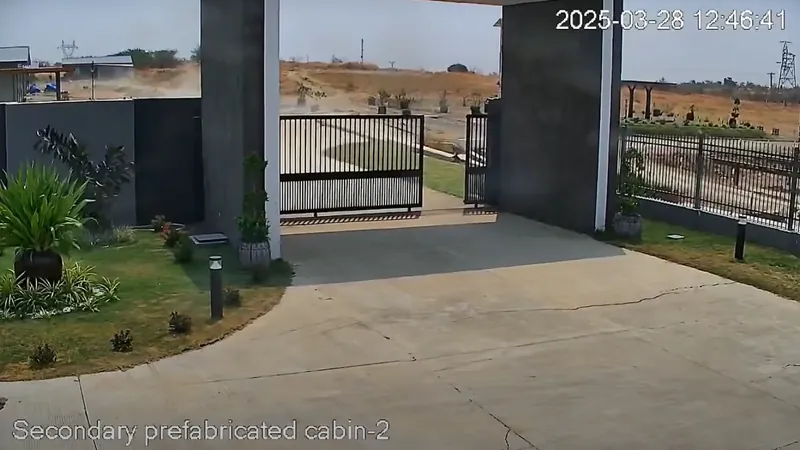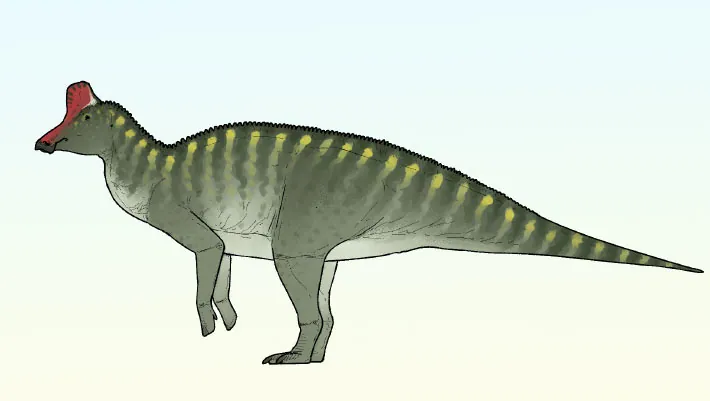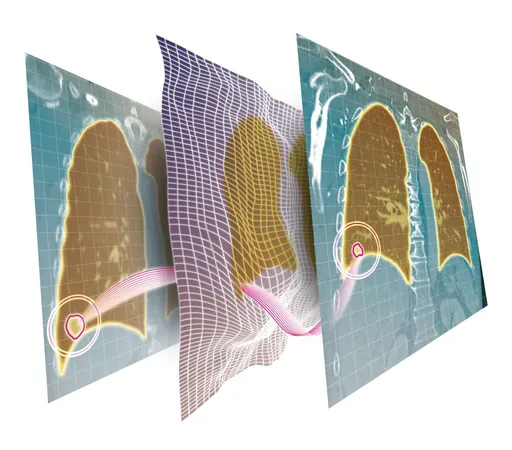
Shocking Video Reveals Ground-Splitting Chaos During Myanmar's 7.7 Magnitude Earthquake
2025-05-13
Author: Nur
A Groundbreaking Discovery
In a stunning moment captured on video, the Earth itself was seen tearing apart during a major earthquake in Myanmar, marking what may be the first footage of its kind. The 7.7 magnitude quake, which struck on March 28 at 12:50 p.m. local time, led to widespread devastation and was felt as far away as Thailand, tragically resulting in the deaths of nearly 5,500 people.
Unique Footage from the Heart of the Quake
The chilling video was shared on Facebook by Singaporean engineer Htin Aung and originates from GP Energy Myanmar’s Thapyawa solar farm, located near Thazi. The footage focuses on a metal gate that begins to move as the ground shifts violently beneath it. Just 14 seconds into the clip, a deep crack appears, visibly tearing through the driveway and yard—an unsettling visual of nature’s raw power.
Experts Weigh In on the Rare Phenomenon
John Vidale, a seismologist from the University of Southern California Dornsife, remarked on the video’s rarity. "It’s really kind of unsettling," he stated, noting that to his knowledge, no similar recordings of a ground rupture exist. Rick Aster, a geophysicist at Colorado State University, affirmed, "This is the best video we have of a throughgoing surface rupture of a very large earthquake." The insight offered by this footage could prove invaluable for scientific research.
Understanding the Earth’s Movements
The quake originated on the Sagaing Fault, a transform fault where the Burma and Sunda tectonic plates slide past each other, stretching north to south through central Myanmar. The initial rupture started near Mandalay and propagated both north and south, creating fissures along the fault line. Aster explained the segment that slips during such an earthquake reaches depths of around 20 to 30 kilometers (12 to 19 miles), beyond which the crust deforms rather than cracks.
The Aftermath: What Can Scientists Learn?
As the earthquake waves radiated outward from the rupture, the ground shaking was recorded on video, followed closely by the visible split of the earth. Seismologists typically use GPS systems and field studies to analyze ruptures, but this footage offers a new perspective on the dynamics of such events. Aster expressed optimism that the footage would draw significant attention from researchers, potentially leading to groundbreaking publications as further analyses are conducted.
An Ongoing Investigation
Live Science is currently in touch with Htin Aung and GP Energy Myanmar for more information, promising updates on this extraordinary event that not only shook the ground but also reshaped our understanding of seismic activity.



 Brasil (PT)
Brasil (PT)
 Canada (EN)
Canada (EN)
 Chile (ES)
Chile (ES)
 Česko (CS)
Česko (CS)
 대한민국 (KO)
대한민국 (KO)
 España (ES)
España (ES)
 France (FR)
France (FR)
 Hong Kong (EN)
Hong Kong (EN)
 Italia (IT)
Italia (IT)
 日本 (JA)
日本 (JA)
 Magyarország (HU)
Magyarország (HU)
 Norge (NO)
Norge (NO)
 Polska (PL)
Polska (PL)
 Schweiz (DE)
Schweiz (DE)
 Singapore (EN)
Singapore (EN)
 Sverige (SV)
Sverige (SV)
 Suomi (FI)
Suomi (FI)
 Türkiye (TR)
Türkiye (TR)
 الإمارات العربية المتحدة (AR)
الإمارات العربية المتحدة (AR)